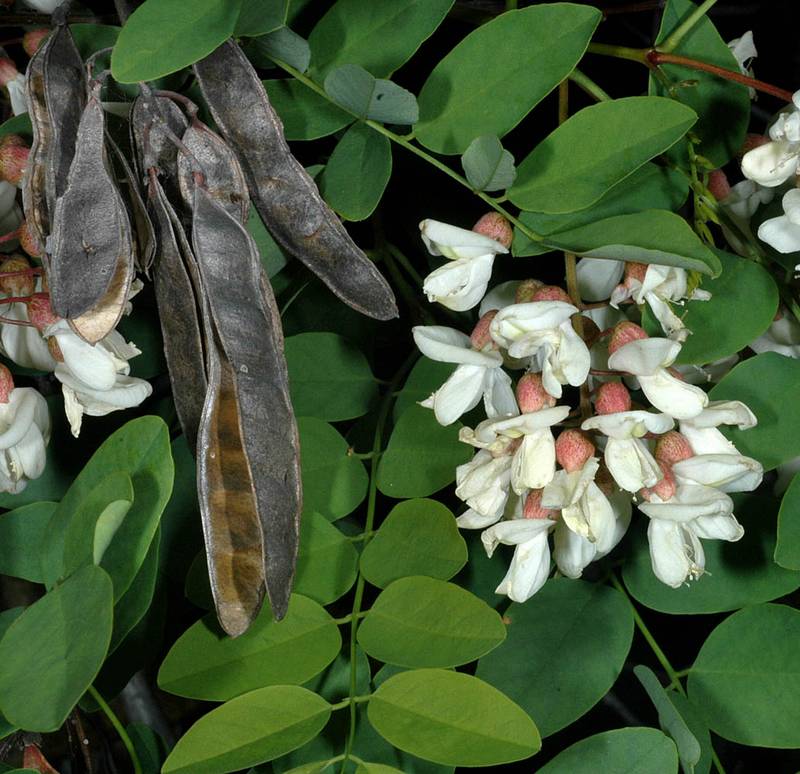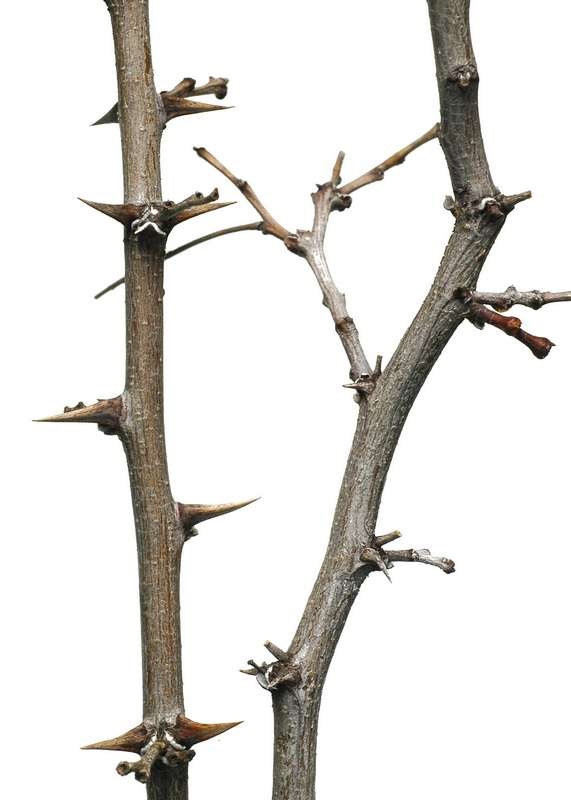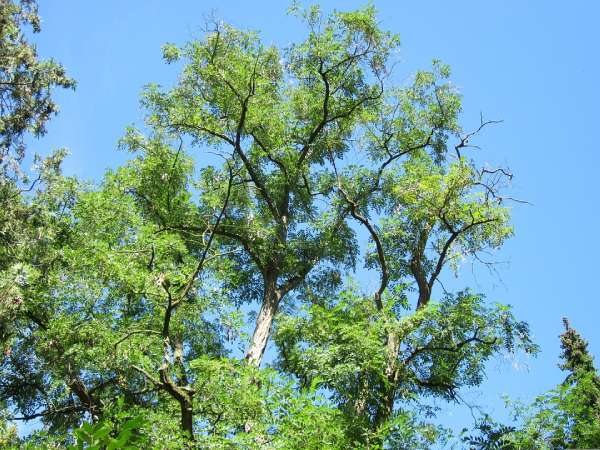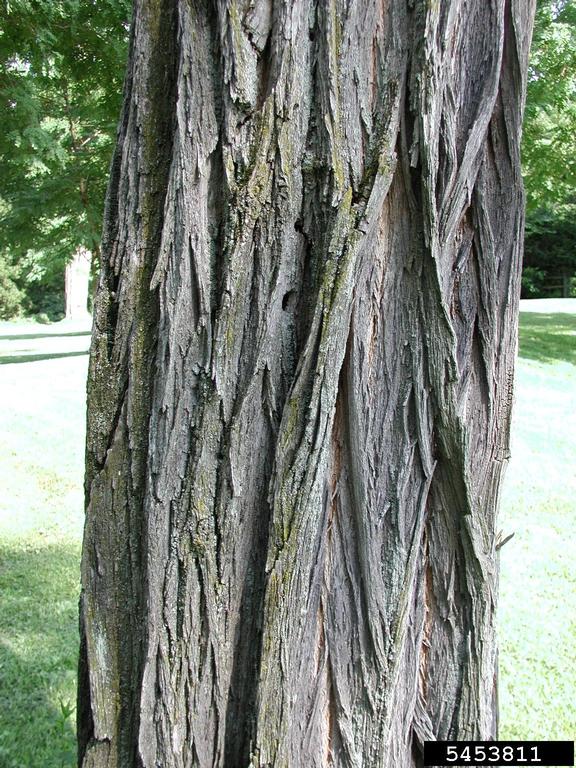Black locust identification and control
About this weed
Black locust is designated as a weed of concern in King County. This means control is not required, but is recommended, and new plantings are discouraged.
Black locust is known as Robinia pseudoacacia and it is in the pea family. Other common names include false acacia.

Why it’s a problem
Black locust is native to central and eastern North America. However, it is very invasive outside of its home range. This plant can impact prairie, meadow, forest edge, and riparian (habitat along rivers and streams) plant communities. It prefers well-drained soils and full sun. Black locust spreads by seed and extensive clonal growth via suckering. Black locust can form dense islands of vegetation, shading out other native species.
Black locust is considered an invasive plant in King County. Control is recommended particularly where natural resources are being protected or as part of a stewardship plan.
Plant description
Black locust is a deciduous tree armed with modified thorns on the branches. Black locust’s native range is central and eastern North America. Black locust occurs on both sides of the Cascades in Washington. It can also be found from Alaska to California and east to the Rocky Mountains.
Trees can grow from 40 to 100 feet tall.
Young bark is smooth and brown or green in color. Older bark is thick with a rope-like appearance.
Leaves are alternate and composed of 7 to 21 leaflets that are oval to round.
Fragrant white flowers form in drooping clusters with a yellow spot on the uppermost petal. Seed pods are smooth and 2 to 4 inches long.
It spreads by seed and suckering from root stock.
When in doubt, take photos and report them on iNaturalist.





What to do if you find it
Because black locust is so widespread, property owners in King County are not required to control it. King County is not generally tracking infestations. We can provide advice on how to control black locust, but there is no requirement to do so.
The King County Noxious Weed Control Board encourages property owners to remove black locust where possible, and to avoid introducing it to new landscapes. Contact an arborist when removing a larger tree to ensure the safety of surrounding people and property.
Control methods
We recommend using a combination of methods to control weeds. In areas with few weeds, it is important to act quickly before they become harder to control. Make a long-term plan as it often takes several years to get rid of most weeds. Start in the least infested areas first and then move into more heavily infested areas.
Manual control
Small and medium sized black locust plants can be dug out when soil is damp and easier to work with. Try to remove all of the root system to avoid suckers sprouting from the disturbed root stock.
Chemical control
Stay safe when using herbicide:
- Always read the label before use.
- Wear a long-sleeved shirt, long pants, shoes, and eye protection.
- Follow state and local regulations.
The use of herbicide is generally necessary to control large black locust plants since cutting stimulates aggressive root cloning. Lancing and cut/treat methods have been effective in control of black locust. Smaller plants and suckers can be treated with a foliar spray.
Black locust requires long term monitoring to look for seedlings and root stock cloning after treatment.
Take care when handling this plant as all parts of the plant are poisonous when ingested.
For more information or a site-specific recommendation in King County, contact the noxious weed program. For information in other locations, contact your local weed board or extension office.
Disposal instructions
Black locust roots and shoot tips may continue to grow if they contact the ground. Pile branches and roots on tarps, downed logs, brush piles, or other elevated surfaces so plant material will dry out.
Branches can also be burned or taken to a yard waste composting facility. Seedheads should be disposed of in the garbage.
Noxious Weed Disposal - Washington State Noxious Weed Control Board

 Translate
Translate